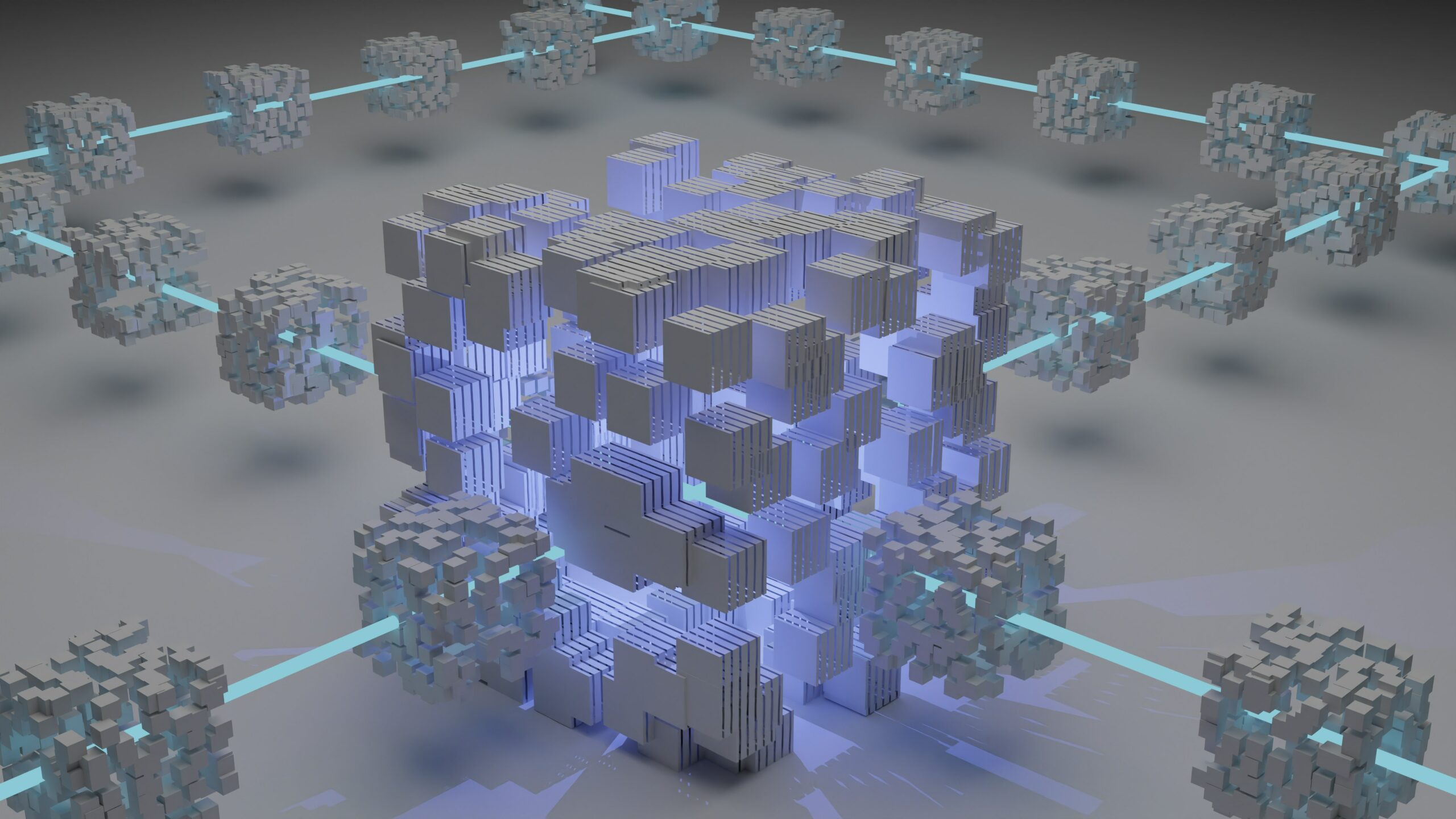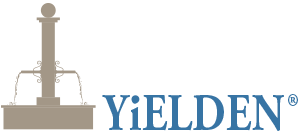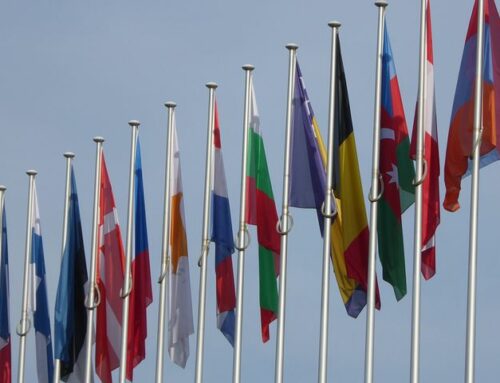The financial landscape has seen a paradigm shift in recent years with the advent of new, decentralized technologies. One of the key areas to watch is the evolution of the internet, known as Web3 or Web 3.0.
This shift incorporates blockchain, distributed ledger technology (DLT), and peer-to-peer (P2P) networking, promising increased transparency, security, and efficiency in the financial world. This article explores the nature of structured products and certificates and the potential impact of Web3 on the structured products industry in Europe.

The advent of Web3 holds significant promise for the structured products industry in Europe. The potential benefits of increased transparency, reduced costs, and innovation can drive the adoption of blockchain and DLT-based solutions in this market.
Structured products are financial instruments designed to meet specific investment objectives by combining various assets or derivatives. These products are typically used for risk management, diversification, or to gain exposure to specific market segments. The most common types of structured products include:
- Principal-protected notes (PPNs): These offer a full or partial guarantee of the initial investment, while also providing potential returns based on the performance of an underlying asset or index.
- Yield-enhancement products: These products aim to provide higher returns than traditional fixed-income investments by incorporating options or other derivatives.
- Participation products: These give investors exposure to the performance of an underlying asset or index, with the potential for leveraged returns.
Certificates, on the other hand, are a type of structured product that provides investors with exposure to an underlying asset or index without actually owning it. They are traded on stock exchanges and can be easily bought and sold like stocks.
Web3: The Decentralized Web
Web3 is the next generation of the internet, aiming to create a decentralized ecosystem. It leverages blockchain technology, distributed ledger technology (DLT), and peer-to-peer networking to enable secure, transparent, and efficient transactions. Key features of Web3 include:
- Decentralization: Web3 removes the need for centralized intermediaries by allowing participants to interact directly with one another.
- Immutability: Transactions on a blockchain are permanent and cannot be altered, providing increased transparency and trust.
- Smart contracts: These self-executing contracts are encoded on a blockchain and automatically execute when predefined conditions are met.
Impact of Web3 on Structured Products Industry in Europe
The adoption of Web3 has the potential to significantly impact the structured products industry in Europe in several ways:
Enhanced Transparency and Trust
The use of blockchain and DLT in structured products can lead to increased transparency and trust, as all transactions are recorded on an immutable ledger. This can help reduce the risk of fraud, manipulation, or misrepresentation. For example, the issuance and trading of certificates on a blockchain-based platform can ensure that investors have access to accurate and up-to-date information on the underlying assets, fees, and performance.
Cost Reduction and Efficiency
The elimination of intermediaries in Web3 can lead to cost reductions and increased efficiency in the structured products market. Smart contracts can automate various processes, such as the calculation of returns, payment of coupons, or settlement of trades, reducing the need for manual intervention and the associated costs. This can make structured products more accessible and attractive to a broader range of investors.
Customization and Innovation
The use of smart contracts in structured products can enable greater customization and innovation. Investors can create tailored products that meet their specific risk-return profiles or investment objectives. This can lead to the development of new structured products that leverage the unique features of Web3, such as tokenized assets, decentralized finance (DeFi) protocols, or digital currencies.
Example: Impact of Web3 on the European Structured Products Market
A prime example of the impact of Web3 on the European structured products market is the Swiss-based company, Leonteq. In 2019, Leonteq partnered with the blockchain technology firm, Metaco, to launch a digital asset custody solution for banks and financial institutions. This solution integrated structured products, offering investors exposure to digital assets such as cryptocurrencies.
In 2022, Leonteq went a step further by issuing the world’s first structured product on a decentralized finance (DeFi) protocol. This product allowed investors to gain exposure to the performance of a DeFi index without directly investing in the underlying assets. The use of blockchain technology and smart contracts enabled increased transparency, efficiency, and security in the issuance, trading, and settlement of these innovative products.
Challenges and Risks
Despite the potential benefits of Web3 for the structured products industry, there are several challenges and risks that need to be addressed:
- Regulatory Framework: The adoption of Web3 in the structured products market will require the development of a comprehensive regulatory framework that addresses the unique features and risks of decentralized technologies. Regulators in Europe, such as the European Securities and Markets Authority (ESMA), have already started to address these challenges by issuing guidelines on the use of DLT in securities markets.
- Interoperability: The integration of Web3 technologies with existing financial systems and market infrastructure will be crucial for the seamless adoption of blockchain-based structured products. This will require collaboration among industry stakeholders, including banks, exchanges, technology providers, and regulators.
- Security and Scalability: While blockchain technology offers enhanced security and transparency, it is not immune to cyber threats or technical issues. Ensuring the robustness and scalability of Web3 platforms will be essential for the widespread adoption of decentralized structured products.
Several challenges and risks need to be addressed, including regulatory frameworks, interoperability, and security.
As the European structured products market continues to evolve, embracing the opportunities presented by Web3 will be crucial for market participants to stay competitive and meet the changing needs of investors. By leveraging the unique features of blockchain, DLT, and P2P networking, the structured products industry in Europe can unlock new potential for growth and innovation.
Get Started with YiELDEN




